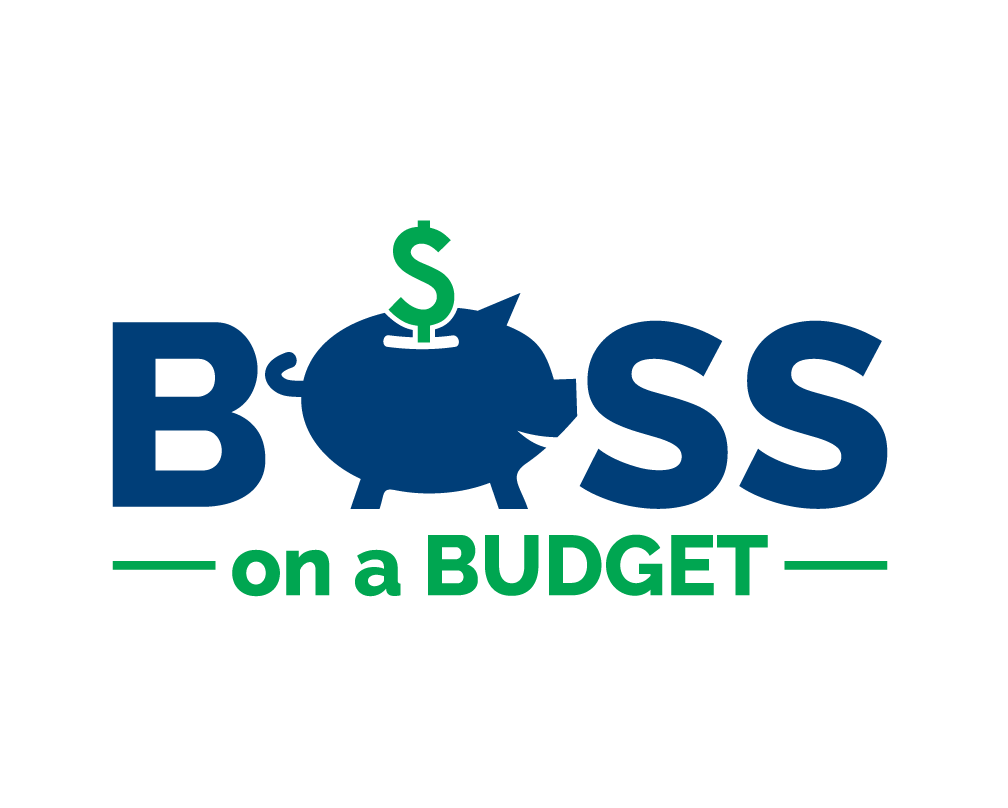How to Start a Nonprofit With No Money
Chances are if you’re reading this post, you’re starting a nonprofit because you want to see a change - not because you want to make money. When your motivation is to do something good, rarely do you have time in the beginning to think about what it costs. You probably wholeheartedly believe that once you become tax-exempt, everything will fall into place.
There are couple of things that you have probably assumed as you’re planning to or as you start your nonprofit:
That just because you’re doing a good thing that everyone will support you;
That grants and other sources of income will easily come; and
That you should focus more on your programs and less on fundraising.
I’m here to tell you that every one of those statements are false. Every single one. The sooner you understand the blueprint to becoming a financially stable nonprofit and let go of the myths and assumptions about nonprofits, the more successful you will be.
Spoiler alert, before we go any further into this post: It takes money to start a nonprofit. There’s no way to become a nonprofit without spending money, so to avoid raiding your pockets, you have to figure out how to raise the money if you’re starting from ground zero.
What if I told you that I could help you design a plan to raise the money you need to start, even if your organization has $0 in the bank? Keep reading to understand what it really takes to pay for and launch your startup nonprofit.
Curious about the the typical costs of starting a nonprofit? Go HERE.
Get the right mindset
Starting a nonprofit will require you to examine some of the beliefs you hold dear. Some of those limiting beliefs will cause you to become stagnant and limit the growth of your nonprofit. These items are also covered in my video that talks about why new nonprofits fail. Check it out HERE.
Here are some things you must get straight if you want to be successful.
This is not about you. You don’t own the nonprofit. The sooner you realize that it’s not a personal investment, but an investment in a particular cause or to benefit a particular community, then it will shift how you make decisions and whether or not you want to sacrifice so much of your finances, time, and family life into this endeavor. It’s more about creating a legacy and having the ability to let it go. As time goes by, you will begin to realize that it’s less about you, and more about your ability to build a community around you to invest in the organization.
People don’t owe you anything. Stop assuming that people have to give to you. There are very specific reasons why people give. Your job is to tap into those reasons for the specific donors you’re trying to target, and learn the right methods and strategies to convince them that your organization is worthy of their support.
You have to plan. You can’t avoid making things like a strategic plan or budget (see my workbook if you need help creating them). They have been proven to increase your success. You have to focus on the infrastructure of the organization, which includes your board of directors and governance, organizational policies, human resources, insurance, branding and communications, and finally - fundraising.
So how can you raise money when you have none? Follow these steps to lay the foundation for fundraising for your nonprofit:
Establish a board giving plan
First, gather your board and develop a plan to give to the organization monthly. Think of it as dues to your organization. It can be something small like $20/month, or it can be a much larger number. Make sure there is a common understanding that everyone on the board gives, and make sure the board honors the agreement. This will help you have the money you need to file your paperwork to establish your organization. While you're waiting for the money to accumulate, you can start planning, and when you're ready to move forward, you’ll already have some money in the bank.
Make a list of potential supporters
Make a list of every person or organization who might have a stake in the work you’re doing. Who would be interested in helping your organization? Who has a vested interest in seeing your population succeed? Who has a vested interest in your community in general? Think about groups that may be inclined to give to you or care about your issue:
Who in your network of family and friends would be willing to donate?
Are there social clubs or associations like the Lion’s Club, Elks or Masons, Women’s groups, etc., in your area?
Is there a faith community that will allow you to present to their parishioners?
Is there a business that would be interested (or maybe their employees would) in volunteering or supporting your mission?
Start thinking about the best places to talk about your organization, so you can gather supporters who can potentially turn into donors.
Tell as many people as possible about your organization
Your next step is to start outreach and telling everyone you can about your organization. This can take many forms. You can start with having the board send request emails or letters to their family and friends to donate to the organization. You can begin setting up meetings with local organizations to talk about your organization. You can host small gatherings or house parties to share your ideas. You can also host informational events to meet people who are interested in your cause.
“ People need help understanding why your organization exists, and why now? ”
When conducting your outreach, people need help understanding why your organization exists, and why now? Develop a presentation - it can be any format, such as a brochure, one-pager, infographic - whatever makes sense for the audience and for the type of information you want to provide. Make sure you collect contact information (like email addresses, mailing addresses, and phone numbers) so you can keep them in the loop about what you do. Below is a basic outline of information to include in the presentation:
Describe your population and the issues they’re struggling with (this is why you got started)
What you plan to do about it (this would include your mission and the activities you have designed which will be done by the nonprofit)
What they can do about it (provide specific actions they can take to help you achieve your goals from above. That can be donating a specific amount, donating items, or connecting you to an important resource, etc.) Make sure you express how that action will help. For example, if they give $50, what will it pay for?
A note: Don’t be boring. Tell a compelling story and make your organization seem so vital that they would question why they wouldn’t support your organization.
Look for community grants
Grants should not be your primary strategy for startup funding but they can still make up part of your overall fundraising strategy. Similar to the mapping you did in the step above, map out all of the places of business in your local community. Identify the stores, banks, and other businesses that you often frequent or have a presence in your community. Research and determine if they have a grant fund. It is typically easier to get smaller, community-based grants, and they can provide the early validation you need to show that your organization has secured grants. Use my grants worksheet to identify all of the potential grant funders in your local area. One of my followers found 102 potential grant funders using my worksheet!
Ask for in kind donations
Don’t underestimate the value of non-cash donations. In many instances, it may actually be easier to obtain an item rather than the money to purchase it. For example, in my Facebook group, a member asked about grants to obtain medical equipment for her nonprofit. I asked if she’d considered reaching out to medical centers or medical offices asking for donations of the equipment they are upgrading. Since the offices are often looking for ways to dispose of the equipment, it actually made more sense to accept the equipment, and not money. This is where having a budget is very important. Your budget should identify your program needs (which include supplies and goods). Looking at your budget you can determine which items can be potentially donated instead of purchased.
Use your skills and talents to earn money
Take an assessment of the skills of your board. Is there a topic that they can share knowledge about, or a specific skill they can teach? Package it into a workshop or training and sell that baby! Charge a fee for people to attend, and use that money for start-up costs. You could also create a digital product like an e-book about a particular topic and have the proceeds benefit the organization. With just a few sales, you could have the start-up costs you need.
After reading this post, hopefully you’ll take some time to reflect on how to start off with the right foundation. If you have $0 in the bank account, just know that it won’t be that way for long. Use these strategies and you’ll be well on your way to launching your organization.
If you’re looking for specific fundraising ideas (especially in the startup phase), visit my post where I outline 29 awesome fundraising ideas for your new nonprofit. Many of them are low cost. See them ----> HERE.



